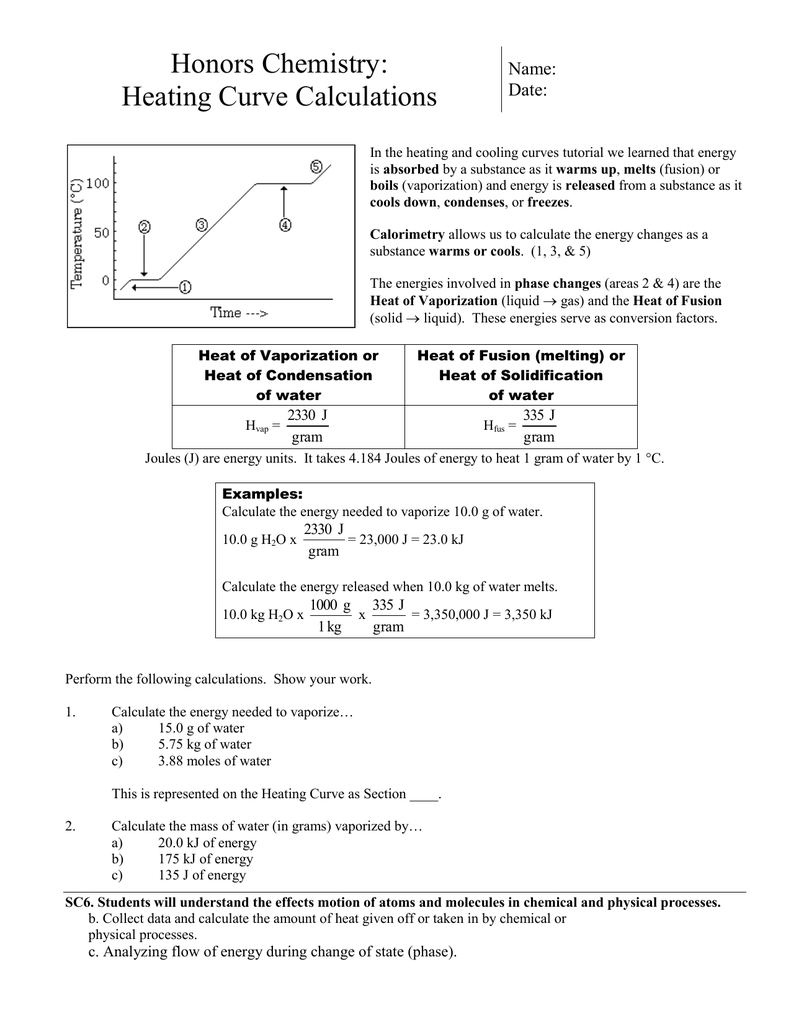

Hence for measuring heat capacity, the condition of pressure and volume must have to specify. Therefore, the observed quantity in the two operations would be different. The calculation of C p or C v depends on the pressure and volume, especially in the cases of the properties of gases. The usual restrictions are at constant pressure and at constant volume. But we can place certain restrictions to obtain precise values of C p and C v. Hence the values of heat change depend on the actual process which followed for this measurement. Therefore, the thermodynamic definition of the specific heat capacity, C = dq/dT, where dq = path function. Let dq energy required to increase the temperature dT for one mole of the gaseous substances.

HEAT EQUATION CHEMISTRY CALCULATOR FREE
Hence like internal energy, enthalpy, entropy, and free energy heat capacity also thermodynamic properties. Therefore, the temperature of one gm-mole of gas raised by one degree at constant volume is called heat capacity at constant volume or simply C v. Heat capacity at constant volumeĪgain from the definition, C v = M × c v, where C v is measured at constant volume, c v is their specific heat. From this formula, the temperature of one gm-mole of gas raised by one degree at constant pressure is called heat capacity at constant pressure or simply C p. Therefore, C p = M × c p, where C p is measured at constant pressure and c p is their specific heat. The amount of heat or thermal energy required to raise the temperature of one gram of a substance by 1°K is called specific heat and for one mole is called molar heat capacity. But if we maintained molar and specific heat capacity then per mole and per gram or kg used in these units. We also use CGS and calories units to specify the heat capacities of the solid and gaseous substances. But molar heat capacity is an intensive property in thermodynamics having the unit J K -1 mol -1. Specific heat capacity is an extensive property with unit J K -1 kg -1 because the amount of heat required to raise temperature depends on the mass of the substances. This law holds for many periodic table elements like silver, gold, aluminum, lead, iron, etc. Atomic heat is the product of specific heat and the atomic weight of the element. Solids also have heat capacities measured from Dulong petit experimental data that the atomic heat of all crystalline solid elements is the constant quantity and approximately equal to 6.4 calories.


 0 kommentar(er)
0 kommentar(er)
